MEDIEVAL AND RENAISSANCE PERIODS.
BY
J.W. CLARK, M.A., F.S.A.
REGISTRARY OF THE UNIVERSITY, AND
FORMERLY FELLOW OF TRINITY COLLEGE, CAMBRIDGE.
CAMBRIDGE:
MACMILLAN AND BOWES.
1894
The lecture was illustrated by lantern-slides. A brief notice of each of these is printed in the text in Italics at the place in the lecture where the slide was exhibited.
LIBRARIES.
A library may be considered from two very different points of view: as a workshop, or as a Museum.
FEELINGS ABOUT
The former commends itself to the practical turn of mind characteristic of the present day; common sense urges that mechanical ingenuity, which has done so much in other directions, should be employed in making the acquisition of knowledge less cumbrous and less tedious; that as we travel by steam, so we should also read by steam, and be helped in our studies by the varied resources of modern invention. There lies on my table at this present moment a Handbook of Library Appliances, in which fifty-three closely printed pages are devoted to this interesting subject, with illustrations of various contrivances by which the working of a large library is to be facilitated and brought up to date. In fact, from this point of view a library may be described as a gigantic mincing-machine, into which the labours of the past are flung, to be turned out again in a slightly altered form as the literature of the present.
LIBRARIES.
If, on the other hand, a library be regarded as a Museumand I use the word in its original sense as a temple or haunt of the Musesvery different ideas are evoked. Such a place is as useful as the otherevery facility for study is givenbut what I may call the personal element as affecting the treasures there assembled is brought prominently forward. The development of printing, as the result of individual effort; the art of bookbinding, as practised by different persons in different countries; the history of the books themselves, the libraries in which they have found a home, the hands that have turned their pages, are there taken note of. Modern literature is fully represented, but the men of past days are not thrust out of sight; their footsteps seem to linger in the rooms where once they walkedtheir shades seem to protect the books they once handled. What Browning felt about frescoes may be appliedmutatis mutandisto books in such an asylum as I am trying to portray:
Wherever a fresco peels and drops,
Wherever an outline weakens and wanes
Till the latest life in the painting stops,
Stands One whom each fainter pulse-tick pains:
One, wishful each scrap should clutch the brick,
Each tinge not wholly escape the plaster,
A lion who dies of an ass's kick,
The wronged great soul of an ancient Master.
ROMAN
It may be safely asserted that at no time has a love of reading, a desire to be fairly well-informed on all sorts of subjects, been so widely diffused as at the present day. As a necessary consequence of this the 'workshop' view of a library has been very generally accepted. I have no wish to undervalue it; I only plead for the recognition of another sentiment which may at times be overlaid by the pressure of daily avocations. In Cambridge, at least, there is no fear that it should ever be obliterated altogether, for we have effected a happy alliance between the present and the past, by which neither is neglected, neither is unduly prominent. This being the case, it has occurred to me that I may be so fortunate as to interest a Cambridge audience while I set before them some of the results at which I have arrived in investigating the position, the arrangement, and the fittings of libraries in the medieval and renaissance periods. It will, of course, be impossible to attempt more than a sketch of so extensive a subject, and I fear that I must omit the contents of the bookcases altogether; but I shall hope, by a selection of typical illustrations, to make you realise what some of the libraries, monastic, public, or private, that fall within my period were like.
LIBRARIES.
I must begin with a few words about Roman libraries, because their methods influenced the Middle Ages, and are, in fact, the precursors of those in fashion in our own times. The Romans preserved their books in two ways: either in a small room or closet, for reading elsewhere; or in a large apartment, fitted up with greater or less splendour, according to the taste or the means of the possessor, in which the books were doubtless studied as in a modern library. An instructive example of the former class was one of the first discoveries at Herculaneum in 1754. It was a very small room, so small in fact that a man who stood with his arms extended in the centre of it could almost touch the walls on either side, yet 1700 rolls were found in it. These were kept in wooden presses (armaria) which stood against the walls like a modern bookcase. Besides these a rectangular case occupied the central space, with only a narrow passage to the right and left between it and the wall-cases. These cases were about a man's height, and had been numbered. It may be concluded from this that a catalogue of the books had once existed. In larger libraries the books were kept in similar presses, but they were ornamented with the busts or pictures of illustrious men, under each of which was a suitable inscription, usually in verse.
ROMAN
No ancient figure of one of these book-presses has been preserved, so far as I have been able to ascertain; but, as furniture is apt to retain its original forms with but little variation for a very long period, a representation of a press containing the four Gospels, which occurs among the mosaics in the Mausoleum of the Empress Galla Placidia at Ravenna, though it could not have been executed before the middle of the fifth century, may be taken as a fairly accurate picture of the book-presses of an earlier age. It is unnecessary to describe it, for it is exactly like a still later example which I am about to shew you. This picture occurs at the beginning of the MS. of the Vulgate called the Codex Amiatinus, which is now proved to have been written in England, at Wearmouth or Jarrow, but probably by an Italian scribe, shortly before 716. The seated figure represents Ezra writing the Law.
BOOK-PRESSES.
Bookcase in the Codex Amiatinus: from Garrucci, "Storia dell' arte Cristiana," iii. pl. 126.
To get an idea of one of the larger Roman libraries in ancient times we cannot do better than turn to that of the Vatican at the present day. It was fitted up as we see it nowwith presses, busts, and antique vases, by Pope Sixtus V., in 1588. It is therefore, at best, only a modern antique; but arranged so skilfully that an ancient Roman, if he could come to life again, might imagine himself in his own library.

![Clark Libraries in the Medieval and Renaissance Periods: The Rede Lecture Delivered June 13, 1894, by J. W. Clark [ 1894 ]](/uploads/posts/book/207578/thumbs/clark-libraries-in-the-medieval-and-renaissance.jpg)


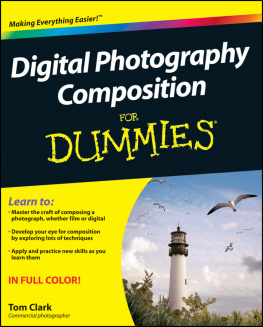

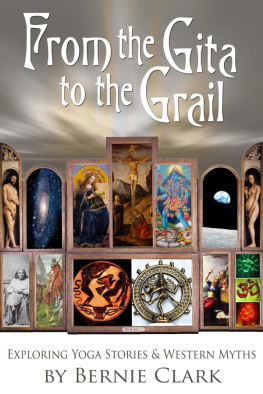
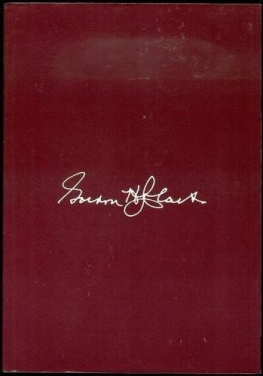


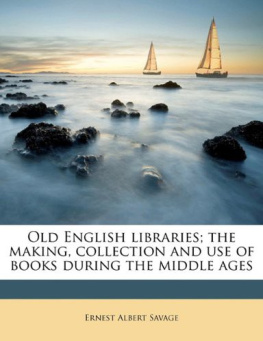


![John Willis Clark - Libraries in the Medieval and Renaissance Periods: The Rede Lecture Delivered June 13, 1894, by J. W. Clark [ 1894 ]](/uploads/posts/book/60919/thumbs/john-willis-clark-libraries-in-the-medieval-and.jpg)
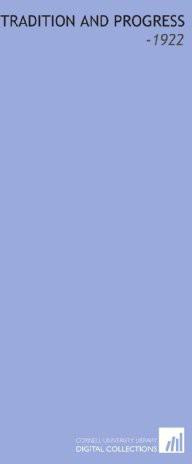
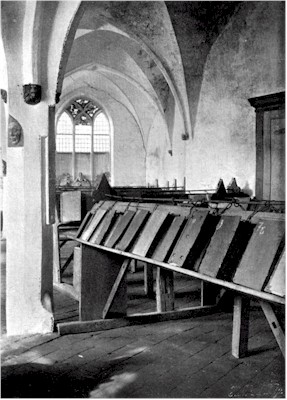 Fig. 2. General view of part of the Library attached to the Church of S. Wallberg at Zutphen. Frontispiece
Fig. 2. General view of part of the Library attached to the Church of S. Wallberg at Zutphen. Frontispiece